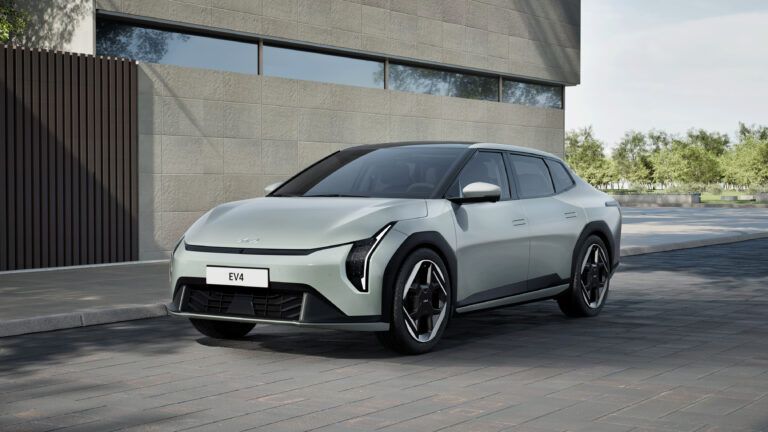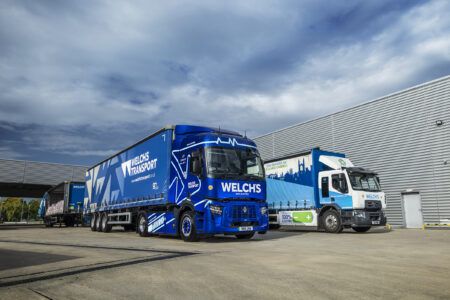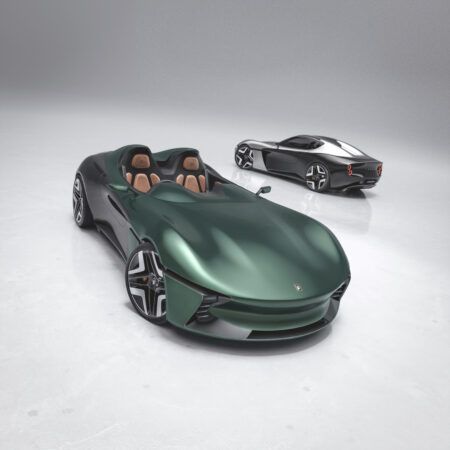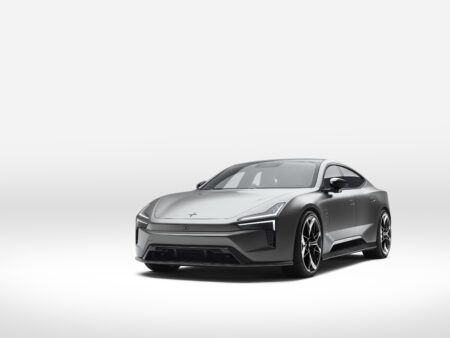Despite the naysayers, Kia are pushing forward with its refreshingly bold electrification strategy, leading the way with the EV4, a sedan for the ages
While click-bait headlines suggest a retreat from electrification – for some OEMs at least – Kia are firmly nailing their flag to the mast. And that flag is a green one. At the Korean company’s second 2025 EV Day event, held in Tarragona, Spain, Kia underlined its commitment to electrification, unveiling several new models, including the EV4, an all-electric sedan destined for global markets (including North America). Set to launch in South Korea in 2026, with a North American arrival following shortly after, the EV4 represents a strategic move in Kia’s expanding EV lineup.
The production version builds on a concept first showcased at the Los Angeles Auto Show in November 2023. Constructed on the versatile E-GMP platform – the same architecture underpinning the EV6, EV9, and upcoming EV3 and EV5 models – the EV4 offers a tantalizing glimpse into Kia’s proposed electric future.
Available in both four-door sedan and five-door hatchback formats, the model will initially target different markets. While both versions will be available in South Korea, the hatchback is likely to be reserved exclusively for Asian and European markets.
Under the hood, the EV4 delivers 201 horsepower through front-wheel drive, with no all-wheel-drive configuration confirmed at present. Battery options include two configurations: a 58.3-kWh and an 81.4-kWh pack. European range estimates suggest 430 km for the smaller battery, with the larger battery providing an impressive 590 km for the hatchback and 630 km for the four-door variant. North American range figures are yet to be officially announced, though they are expected to be slightly lower.
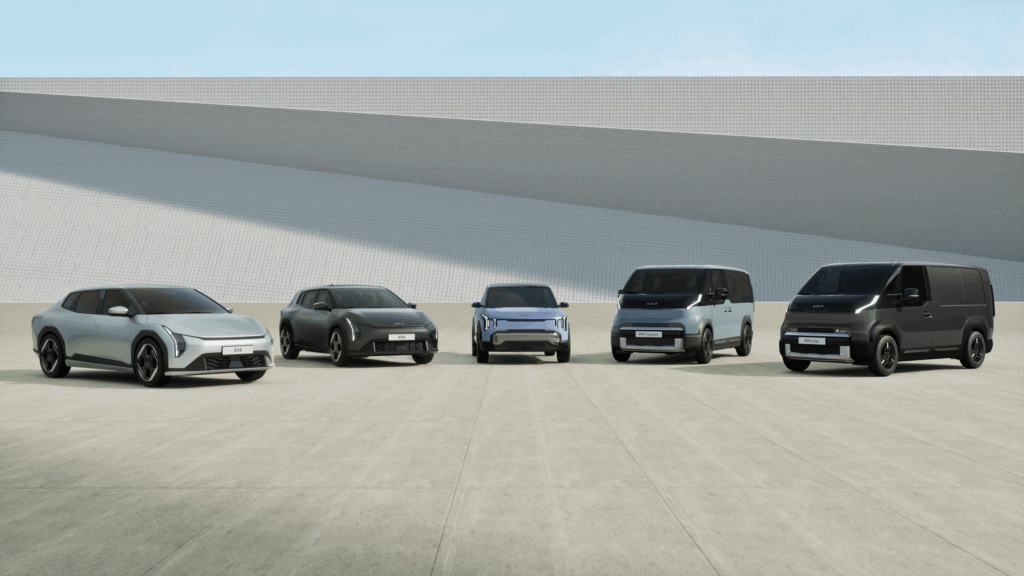
Family affair
The interior design centers around an impressive 30-inch integrated screen system. Two 12.3-inch displays handle driver data and multimedia functions, complemented by a 5.3-inch side screen. Kia promises a highly customizable interface that goes beyond traditional infotainment systems, incorporating streaming apps like Netflix, Disney+, and YouTube, along with an AI-equipped voice assistant. Ideal for those long journeys with restless children in the back.
Design-wise, the EV4 embodies Kia’s ‘Opposites United’ philosophy [see box]. The saloon variant features a streamlined silhouette with a low bonnet flowing into a long-tail design. Its front end showcases Kia’s EV Tiger Face, complete with vertically oriented headlamps and the brand’s Star Map lighting signature. A unique roof spoiler and machined 19-inch wheels with intricate technical stripe patterns complete its progressive aesthetic.
The hatchback presents a more robust appearance, characterized by contrasting black vertical C-pillars and crisp lines. Robust fenders and geometric patterns on the lower body sections emphasize its innovative nature. Wide-positioned taillights and a sloping rear window create a clean, dynamic profile.
For enthusiasts seeking a sportier look, Kia can offer them the EV4 GT-Line. This variant features exclusive design elements, including wing-shaped front and rear bumpers and triangular-motif 19-inch wheels that enhance its futuristic appeal.
And for the more sensible, practicality hasn’t been overlooked either. The sedan variant provides 490 litres of trunk space, addressing concerns about electric vehicles’ utility. Emphasizing the vehicle’s broader mission, Executive Vice President and Head of Kia Global Design, Karim Habib said, “The Kia EV4 is a clear reflection of our commitment to rethink mobility, and expand the boundaries of what design can achieve. By offering both saloon and hatchback variants, we are bringing to our customers the unique experience of modernity and practicality that defines the Kia EV family.”
Flexible strength
This focus on functionality aligns with Kia President and CEO Ho Sung Song’s vision of democratizing electric vehicle ownership, and the EV4’s unveiling was part of a broader strategy presentation at the EV Day. To showcase the company’s commitment to EVs, the event also presented the PV5 – Kia’s first dedicated Platform Beyond Vehicle model – and the Concept EV2, a potential B-segment electric SUV.
Kia’s want this approach to show that it has a nuanced understanding of global market demands. By offering multiple variants and focusing on design that balances practicality with innovation, the EV4 targets a diverse range of drivers. It builds on the success of previous electric models like the EV9 and EV6, which have garnered significant acclaim in the automotive world.
Even the choice of Tarragona as the event location underscored the importance of the European EV market. With nine vehicles on display – including four variations of the EV4 – Kia demonstrated both the model’s versatility as well as the brand’s broader electrification strategy. It was a statement of intent, showing that, despite murmurs of discontent from other OEMs, that EVs are practical, accessible, and designed to meet the evolving needs of global consumers.
With its combination of forward-thinking design, technological innovation, and practical considerations, the EV4 should – its creators hope – make a significant impact in the EV market. The company has already had huge success with the EV6 and EV9, the latter being crowned World Car of the Year 2024, and they’re confident that the EV4 will be similarly embraced. They have every right to be.
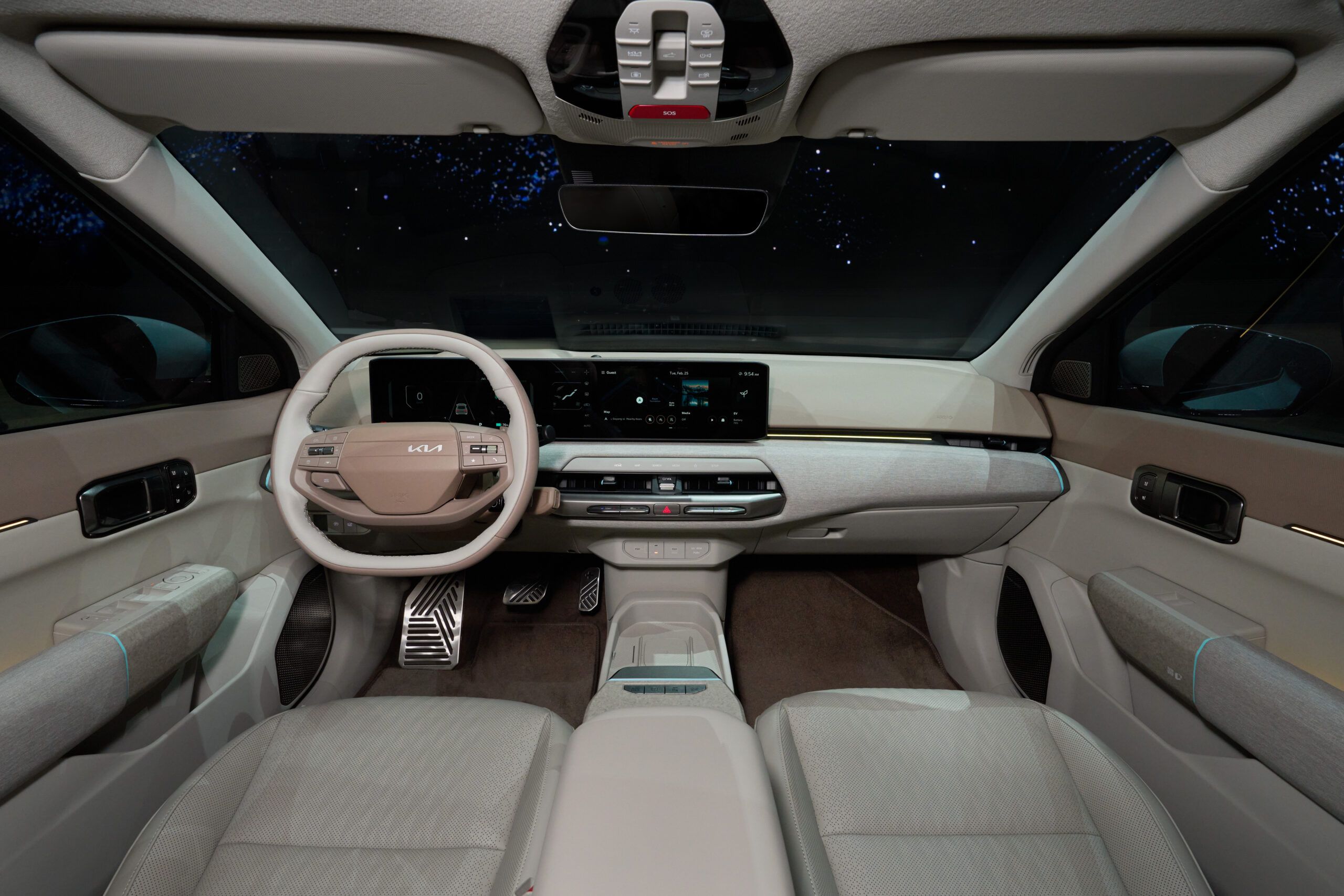 Counter intuitive
Counter intuitive
In the rapidly evolving world of automotive engineering, Kia’s ‘Opposites United’ philosophy represents a radical departure from traditional design thinking. For the Korean company this is not simply a marketing slogan or a faddy aesthetic trend, but a sophisticated approach to product development that fundamentally reimagines how vehicles are conceived, designed, and engineered.
At its essence, the philosophy challenges the automotive industry’s longstanding tendency to view design elements as mutually exclusive. Where conventional wisdom might see contradictions, Kia’s engineers see opportunities for innovation. The approach deliberately creates tension between seemingly incompatible characteristics – softness and sharpness, technological precision and organic fluidity, efficiency and emotional expression.
The company holds up the EV4 as a perfect embodiment of this design principle. Take its exterior: the vehicle simultaneously presents a low, streamlined bonnet that suggests aerodynamic efficiency, while robust fenders communicate structural strength and solidity. Counter intuitively, the two things can coexist in one vehicle.
This philosophy runs through Kia’s PV5 platform. Here’s a vehicle that is simultaneously fixed and fluid, engineered to transform seamlessly between cargo transport, passenger vehicle, and specialized configurations. It’s a direct challenge to the notion that a vehicle must be constrained by a single, predetermined purpose.
Battery design emerges as another arena where ‘Opposites United’ can be seen in action. Kia’s engineers have developed solutions that maximize energy density while maintaining exceptional thermal management, integrating advanced materials that are simultaneously lightweight and structurally robust. It’s an approach that turns traditional trade-offs into opportunities for innovation.
Instead of seeing constraints as limitations, Kia’s approach transforms them into creative catalysts. Each design decision becomes an opportunity to challenge existing paradigms, to create solutions that are more adaptive, more efficient, and more holistically integrated than traditional approaches would allow. For Kia, ‘Opposites United’ suggests that the most innovative solutions emerge not from choosing between opposing forces, but from finding the extraordinary potential that exists in their dynamic interaction.
